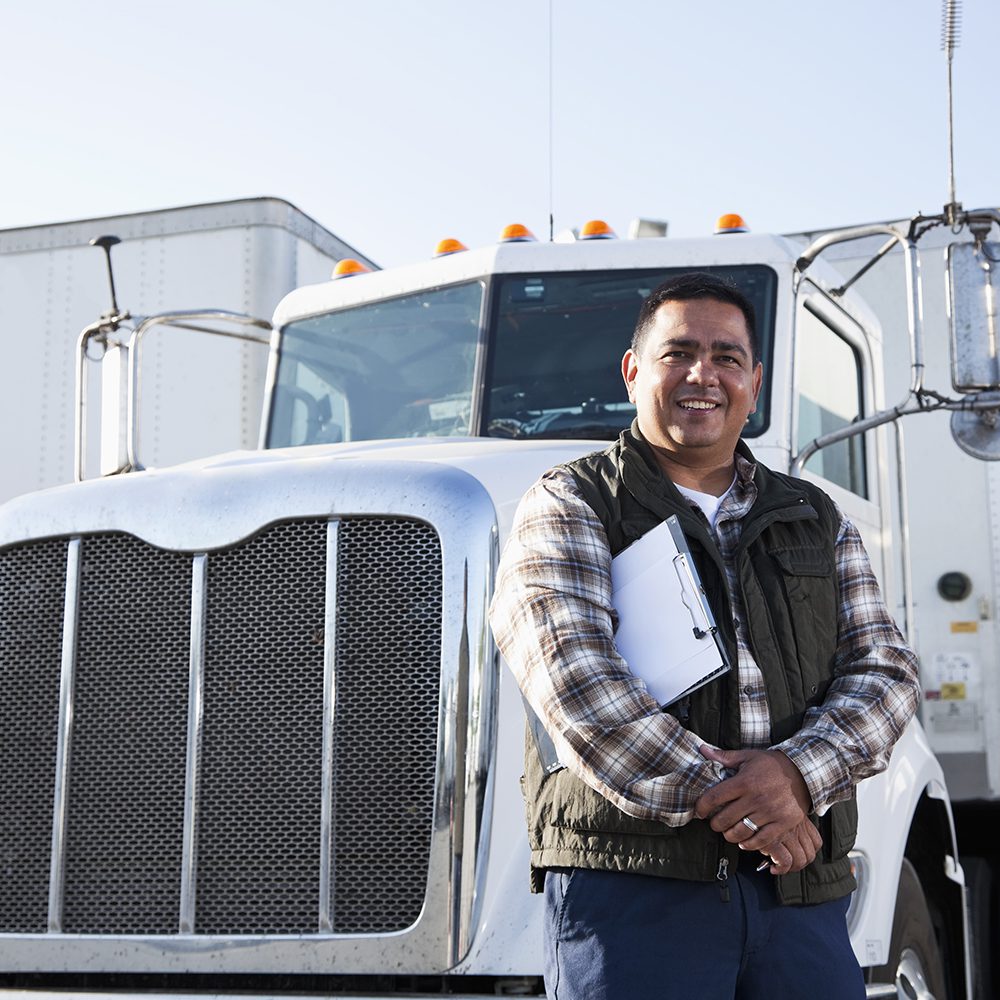What Is Toll Revenue Used For?
Many fleets are familiar with paying invoices for toll road usage, but many people don’t know where their money is going when they pay their bills. Tolls are some of the top expenses for owner-operators, and the paperwork can increase administrative workloads, taking valuable time and attention from more valuable tasks. However, toll roads often streamline routes and enhance efficiency.
Although you may be unable to avoid toll roads, it can be beneficial to understand where your money is going when you use them. Discover what tolls are used for and the impact of toll revenue from Bestpass.
What Is the Purpose of a Toll Road?
Toll roads are private or public roadways that drivers can utilize for a fee. Many parts of the world utilize this road pricing strategy, and governments, private companies and a combination of both groups can manage these roads. In the United States, the first toll road appeared in 1792, which was the first road with a layer of crushed stone. As the country grew, legislative efforts increased to fund road construction and maintenance.
Vital moments in history relied on these roads. For instance, both World Wars relied on these roadways for manufacturing and defending routes for war efforts. Over time, these passages faced increased usage as people started using them for social and leisure activities. With more vehicles on the road, tollways started showing signs of age due to the heavy usage. However, all levels of government faced challenges regarding funding. Rather than raising general taxes to account for repairs and construction, governments decided to defer infrastructure reconstruction and maintenance.
Now, drivers pay for their toll road usage to experience the benefits of navigating these roadways. Benefits of toll roads for fleet owner-operators include:
- Increased product movement: Tollways often offer more efficient routes, allowing drivers to deliver loads in a timely manner and move more products at once. By increasing the number of loads a fleet can move at once, you can see increased revenue and define your business as reliable and efficient.
- Enhanced fuel efficiency: Highways and other free roads face significant traffic volumes at times. With more vehicles on the road and additional obstacles, drivers often experience frequent starts and stops or speed changes. This process can result in using more fuel than necessary and cause premature wear and tear on vehicle components. By using tollways, drivers can avoid or minimize the occurrence of some of these challenges, creating enhanced fuel efficiency that saves costs in several ways.
- Cost visibility: You can forecast spending and make business planning easier by relying on toll roads. When planning your routes, you can account for tolls before they occur, allowing you to allocate the necessary resources to cover the fee and determine the most efficient and cost-effective routes.
Sources of Toll Revenue
Truckers can pay tolls in several ways. Some tollways offer specific payment amounts, while others allow for a more customizable experience. There are several types of toll collection, including:
- Open tolls: People pay a fixed toll amount for specific distances they travel at designated stops.
- Open road tolls: Transponders electronically move funds for tolls, preventing drivers from stopping to pay.
- Closed tolls: Costs reflect the distance a driver travels between multiple toll gantries. Drivers collect a ticket at one booth and pay for their road usage when they exit the toll road.
- Annual tolls: People can pay annually to access any toll road, including travel distance.
- Toll-by-plate: Toll-by-plate toll collection is a cashless revenue source often acting as a backup for vehicles without a transponder or for misread transponders. This method involves taking a picture of a vehicle’s license plate when drivers move through the gantry and sending a bill in the mail for the associated toll.
Where Does Toll Money Go?
Most of the toll revenue on a specific road will contribute to toll road maintenance, construction and operation. Specific resource allocation varies by project, state and governments. Although these funds will often impact the roads themselves, there are several other locations the money could move to, including:
- Debt services: If an entity used a loan to cover the costs of the toll road, a portion of the revenue could contribute to repaying the debt.
- Toll collection costs: There are several costs associated with toll collection. For locations with personnel and booth operators, revenue helps lower costs. Toll collection costs can also include upgrades and maintenance for collection equipment.
- Administrative activities: Overhead costs such as office expenses can receive toll revenue to reduce operational costs.
- Expansion projects: Similar to contributing to the road itself, portions of the revenue aid in future project planning, improvements and expansions. Building new roads or extending existing ones can be costly and often take years to complete, but toll revenue quickens the process.
The Impact of Toll Revenue
The cost of tolls impacts fleets in several ways. Tolls can increase cost visibility but also add an additional expense to operational costs. Many fleets face many benefits and drawbacks to toll roads as they offer enhanced product movement and fuel efficiency but require companies to increase spending for road usage. However, toll revenue contributes to several excellent processes and outcomes, including:
- Traffic management: Toll roads can mitigate highway congestion. Because these roads require a fee, some drivers choose to stick with free routes, while others opt to pay the fee for the convenience of fewer vehicles on the road, lowered travel times and more consistent driving speeds.
- Infrastructure funding: The primary function of toll roads is to generate funds for the maintenance, operation and construction of roads. Many roads are too expensive for governments to fund directly, and tolls offer a fair solution by prompting those who use the roads to pay for them. The revenue contributes to projects that benefit communities. For example, in Pennsylvania, decision-makers aim to use revenue to create long-term debt reductions for PennDOT.
- Economic boosts: Toll roads stimulate development in the areas surrounding the passage by offering improved transportation links. This boost helps local economies and empowers businesses to make stronger connections with a large base of customers and partners.
Minimize the Impact of Tolls With Bestpass
For many fleets, tolls are inevitable. While the purpose of toll roads is to support infrastructure and aid in traffic management, we understand that these costs can impact your operations. At Bestpass, you can find tolling solutions to ease toll management and bridge the gap between your fleet and tolling authorities.
As the premier payment option for commercial vehicles in North America, you can feel confident that we have the resources, support and solutions you need to save time and money. Want to see our solutions in action? Request a demo or contact/ our team to see how our solution can work for your business.

